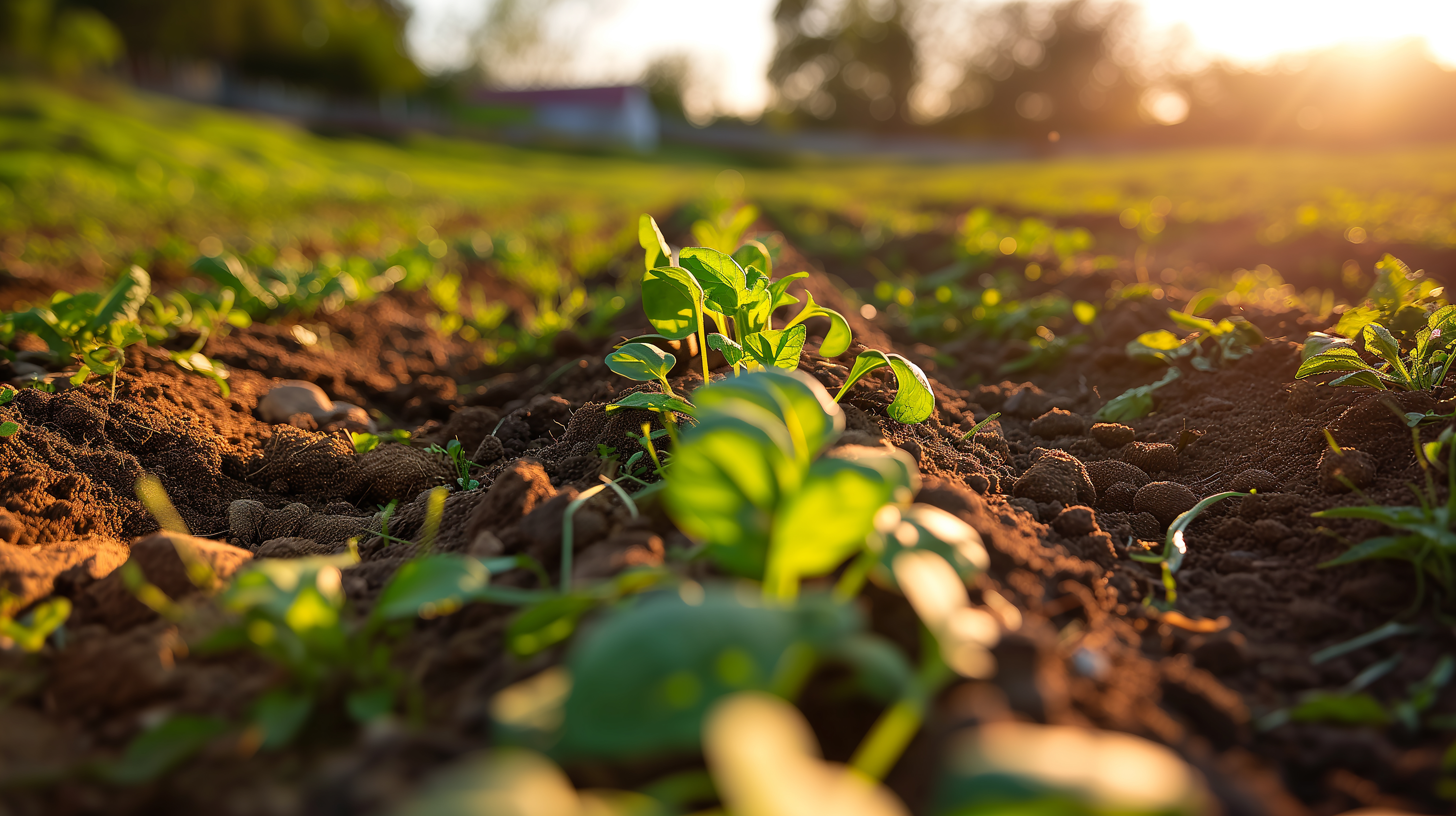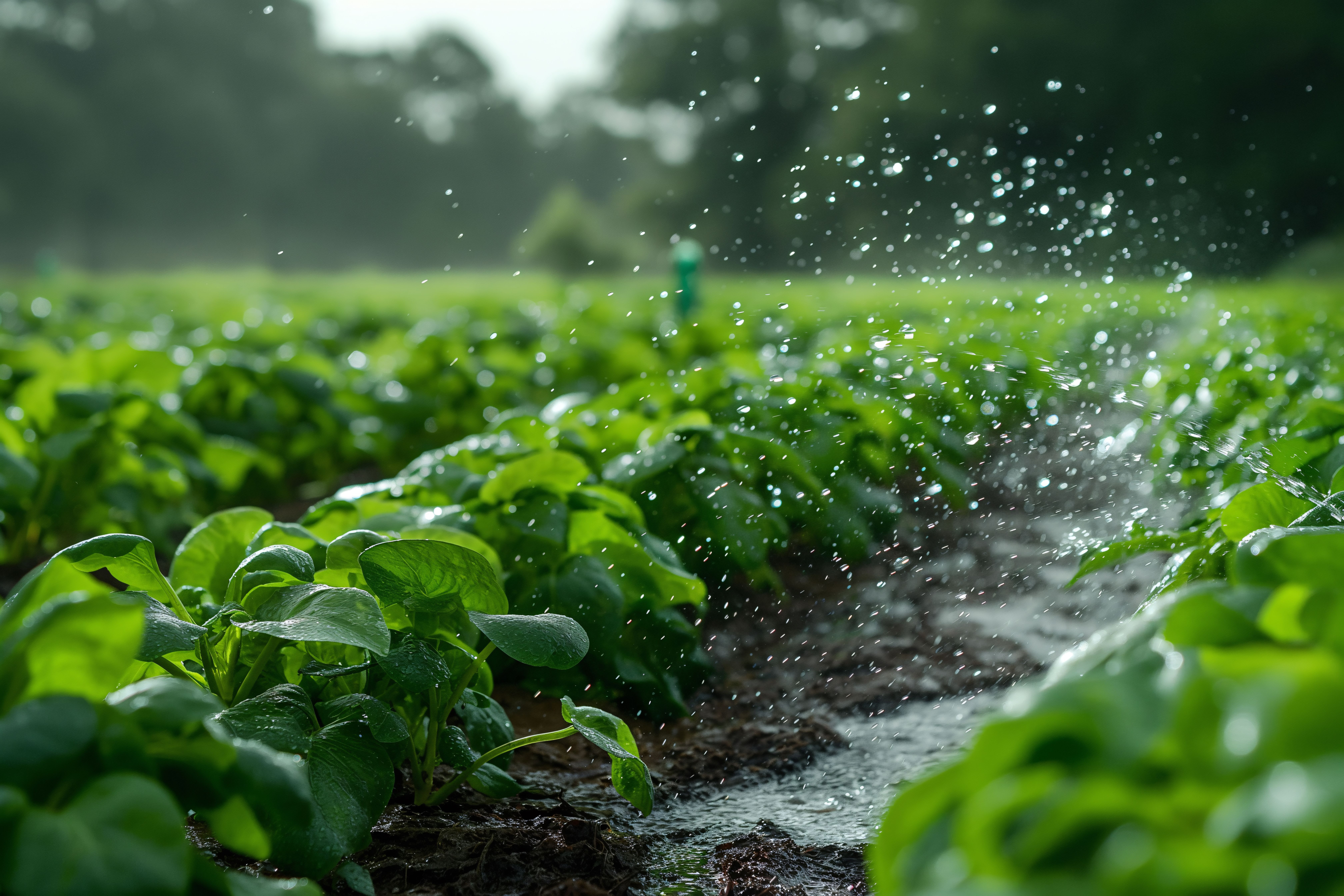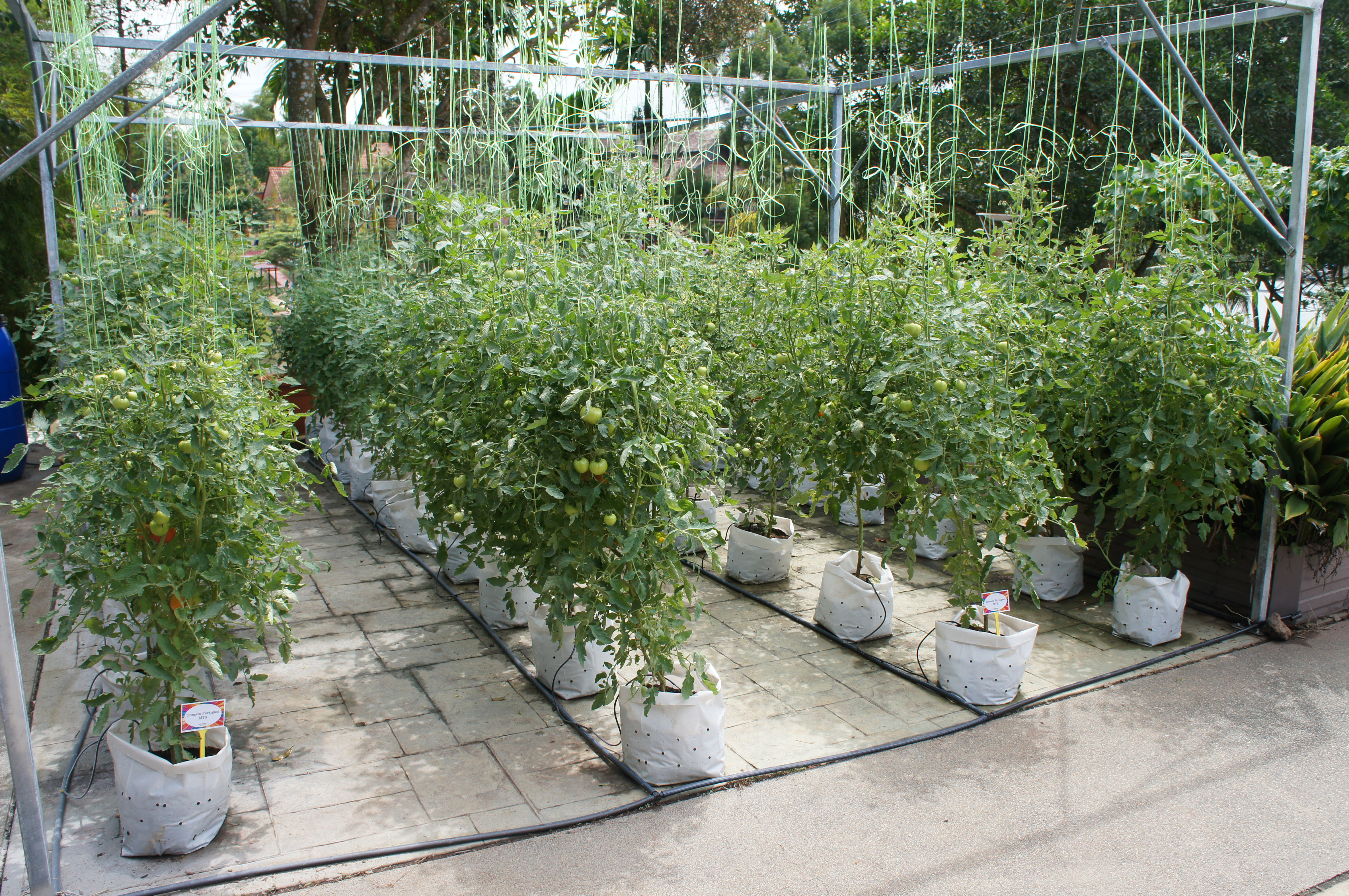Choose a different country or region to see the content specific to your location
Select Your Country/Region
Current Region:
 Global (EN)
Global (EN)
For years, farmers have relied on spreading fertilizer to nourish their crops. But these traditional methods can be wasteful and imprecise. Let's explore a better way: fertigation!
Think of it like this: Imagine giving your plants a personalized drink packed with exactly the nutrients they need, delivered straight to their roots.
Fertigation combines irrigation water with water-soluble fertilizers, creating a custom nutrient solution for optimal plant growth. Unlike traditional fertilizer application methods like broadcasting or side-dressing, fertigation ensures nutrients reach the plant's root zone directly, maximizing their uptake and minimizing waste.
Farmers have traditionally applied fertilizers in a few ways, each with its limitations:
These methods have some drawbacks:
Fertigation ditches the old ways and injects nutrient solution directly to the root zone through drip irrigation systems or subsurface drip irrigation. This targeted approach is a game-changer for several reasons:

The best fertigation plan depends on your specific needs and crops. Here are some popular methods, each with its own advantages and considerations:
To unlock fertigation's full potential, consider these factors:
Fertigation's benefits extend beyond improving plant growth and water conservation. It can also play a role in protecting the environment:

Fertigation offers amazing benefits, but complex control systems with pumps and valves can be daunting. Dosatron injectors use water pressure to automatically inject the right amount of fertilizer into your irrigation system, all without complicated electronics.
With a Dosatron, you get the benefits of fertigation – increased efficiency, reduced water use, improved plant growth, and better soil health – in a user-friendly package. Dosatron injectors are a simple and reliable solution for growers seeking to leverage the advantages of fertigation without the complexities of more elaborate systems.
Traditional fertilizer application methods have served agriculture for a long time, but fertigation offers a more precise and efficient way to nourish your plants.
By delivering water and nutrients directly to the root zone, fertigation promotes healthy plant growth, maximizes water use efficiency, and protects the environment. Whether you're a small-scale gardener or a large-scale farmer, fertigation can be a valuable tool in your agricultural toolbox.
Consider exploring different fertigation methods and consulting with agricultural specialists to find the approach that best suits your specific needs and growing conditions.
By embracing fertigation, you can ensure your plants receive the optimal nutrition they need to thrive, while also conserving water and protecting the environment.
